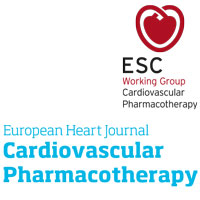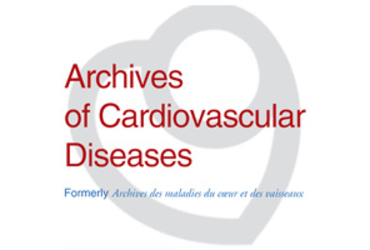Background and aim :
Among acute coronary syndromes (ACS), ST-segment elevation myocardial infarction (STEMI) has the most severe early clinical course. We aimed to describe the effectiveness and safety of P2Y12 receptor inhibitors in patients with STEMI based on the data from contemporary European ACS registries.
Methods :
Twelve registries provided data in a systematic manner on outcomes in STEMI patients overall, and seven of these also provided data for P2Y12 receptor inhibitor-based dual antiplatelet therapy. The registries were heterogeneous in terms of site, patient, and treatment selection, as well as in definition of endpoints (e.g. bleeding events).
Results :
All-cause death rates based on the data from 84 299 patients (9612 patients on prasugrel, 11 492 on ticagrelor, and 27 824 on clopidogrel) ranged between 0.49 and 6.68% in-hospital, between 3.07 and 7.95% at 30 days (reported in 6 registries), between 8.15 and 9.13% at 180 days, and between 2.41 and 9.58% at 1 year (5 registries). Major bleeding rates were 0.09-3.55% in-hospital (8 registries), 0.09-1.65% at 30 days, and 1.96% at 1 year (only 1 registry). Fatal/life-threatening bleeding was rare occurring between 0.08 and 0.13% in-hospital (4 registries) and 1.96% at 1 year (1 registry).
Conclusion :
Real-world evidence from European contemporary registries shows that death, ischaemic events, and bleeding rates are lower than those reported in Phase III studies of P2Y12 inhibitors. Regarding individual P2Y12 inhibitors, patients on prasugrel, and, to a lesser degree, ticagrelor, had fewer ischaemic and bleeding events at all time points than clopidogrel-treated patients. These findings are partly related to the fact that the newer agents are used in younger and less ill patients.






